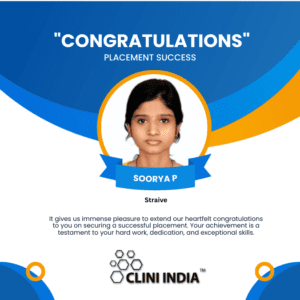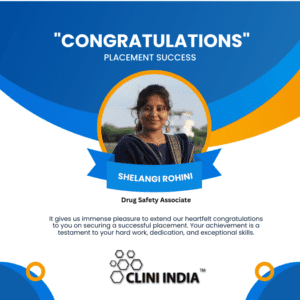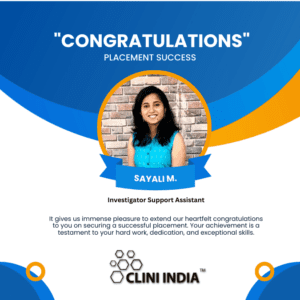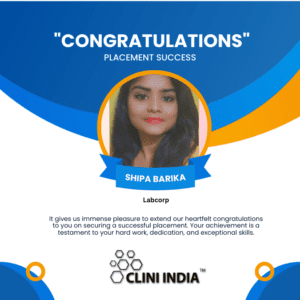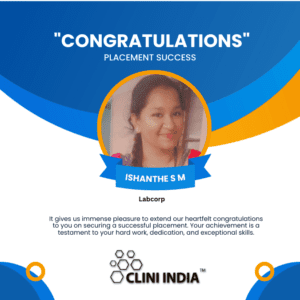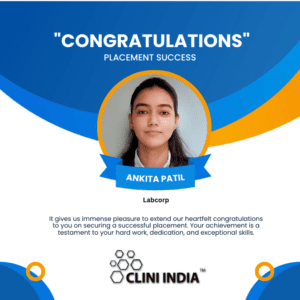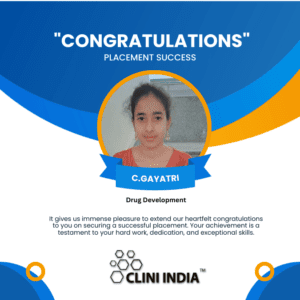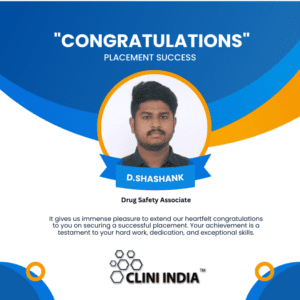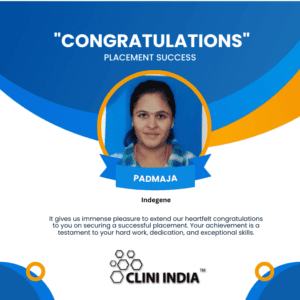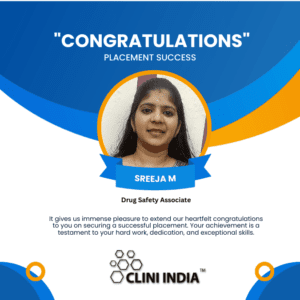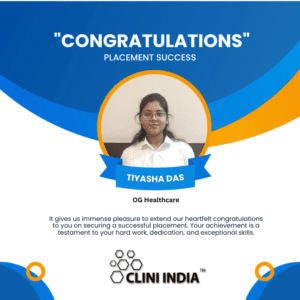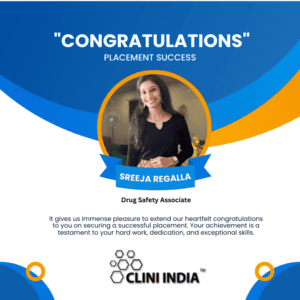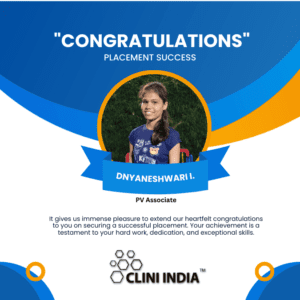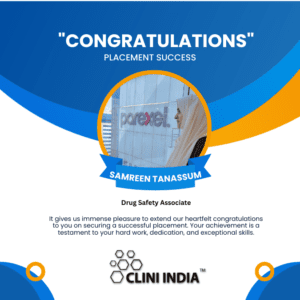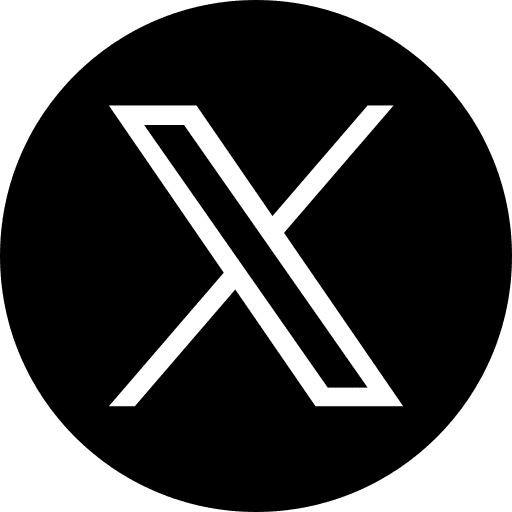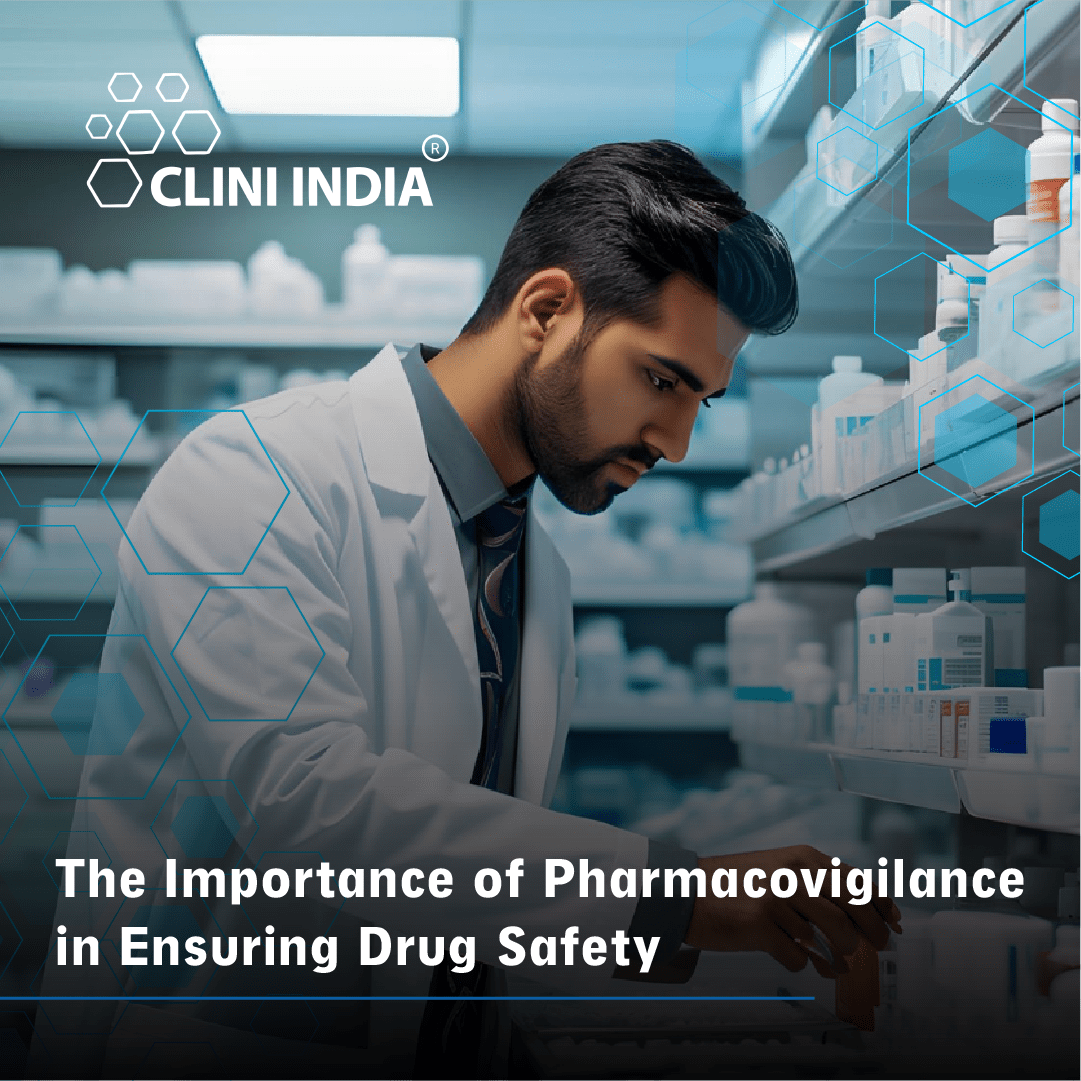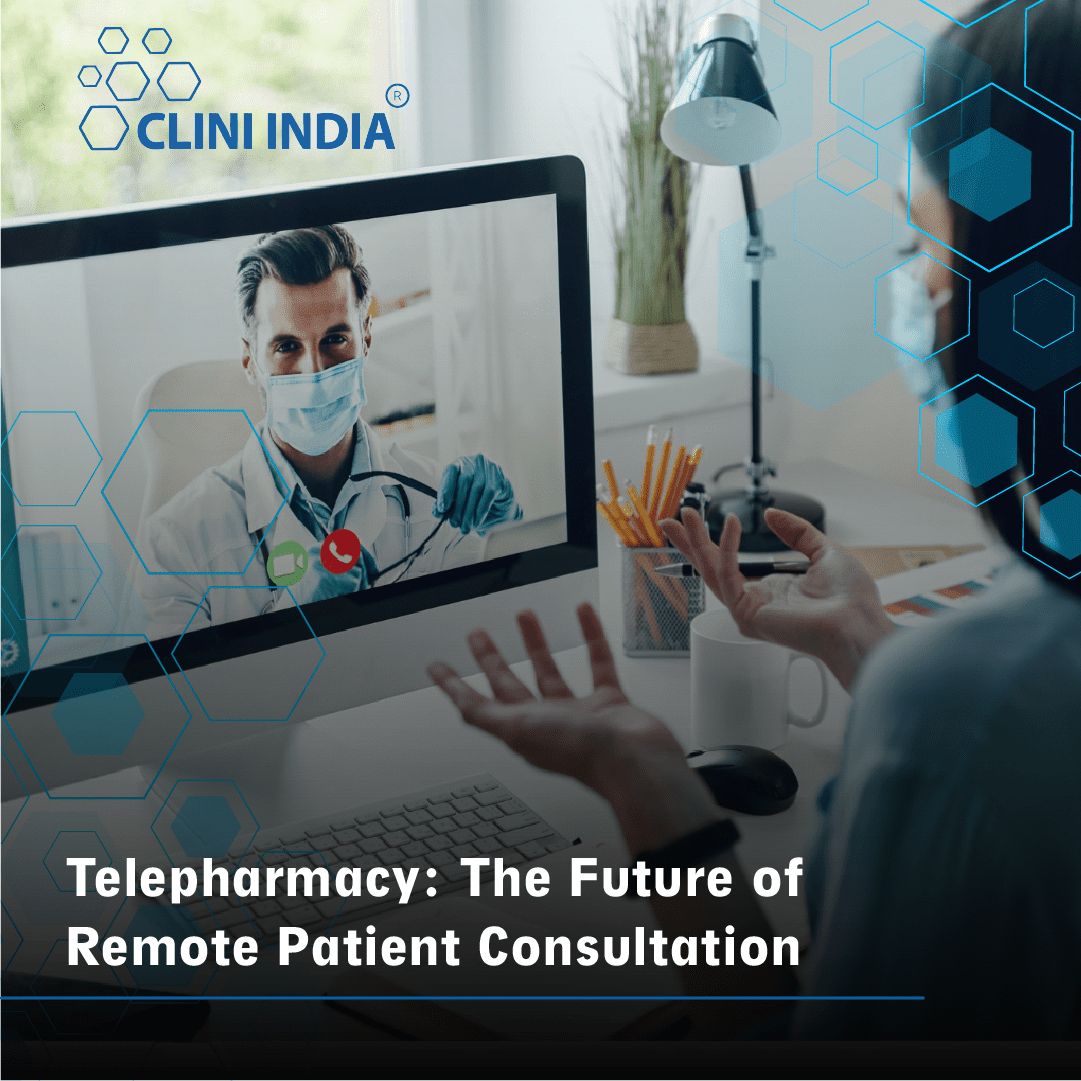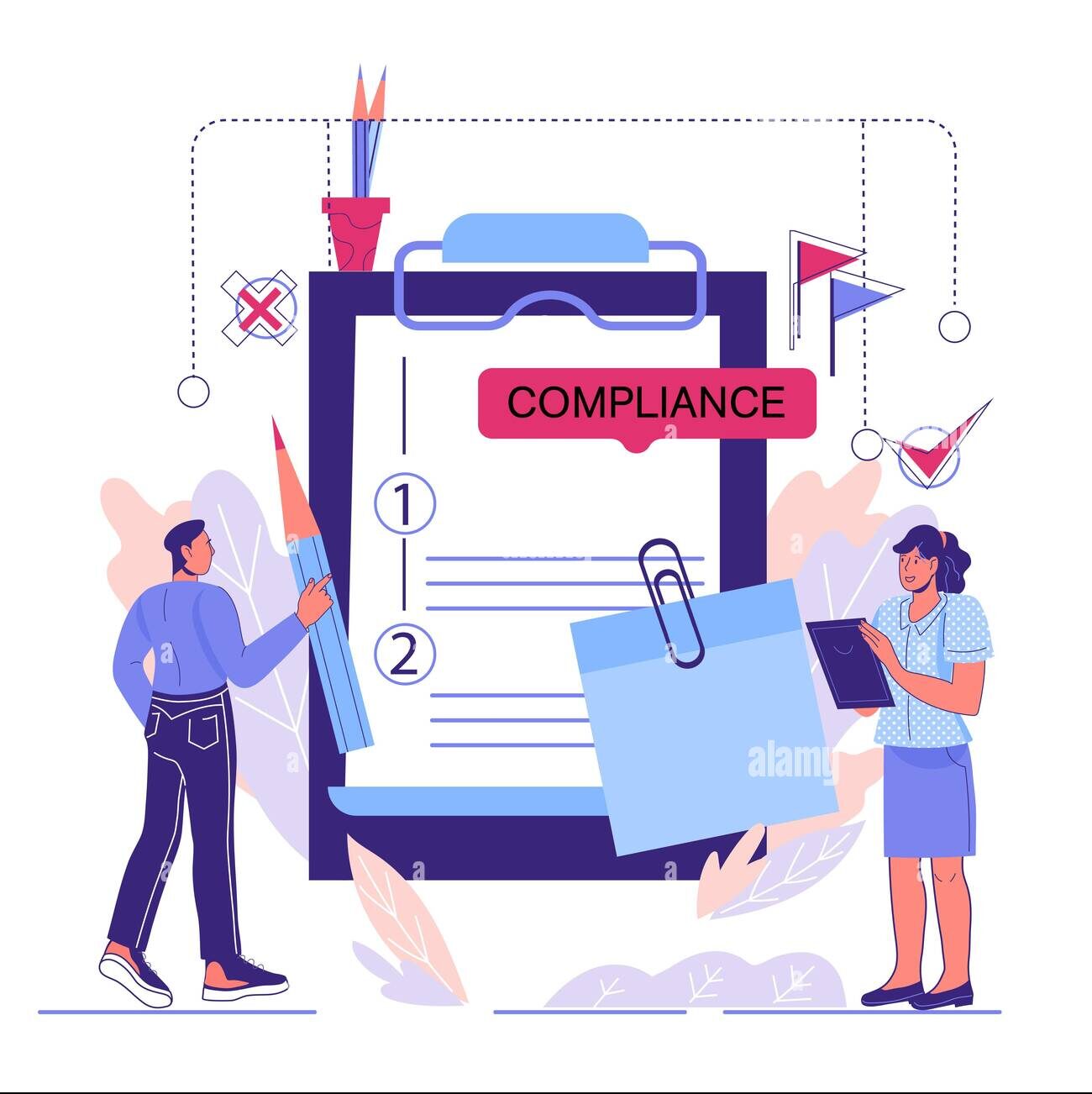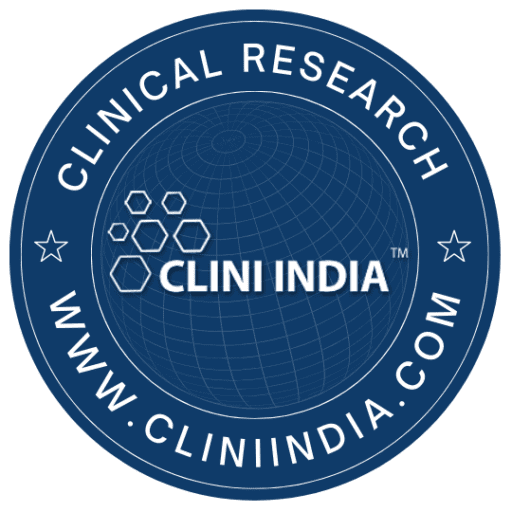
Different ICSR Submission Timelines in Pharmacovigilance
Pharmacovigilance plays a crucial role in ensuring drug safety by detecting, assessing, and preventing adverse drug reactions (ADRs). One of the key components of pharmacovigilance is the submission of Individual Case Safety Reports (ICSRs) to regulatory authorities. The timelines for ICSR submission vary based on the seriousness of the adverse event and the regulatory requirements of different regions.
Types of ICSRs
ICSRs can be categorized based on the source of the report and the nature of the adverse event:
- Spontaneous Reports – Voluntarily reported by healthcare professionals, consumers, or pharmaceutical companies.
- Solicited Reports – Derived from organized data collection systems such as post-marketing surveillance studies or patient support programs.
- Literature Reports – Identified through scientific publications.
- Clinical Trial Reports – Adverse events occurring during clinical trials.
ICSR Submission Timelines Based on Seriousness
The submission timelines for ICSRs differ based on whether the adverse event is serious or non-serious:
1. Expedited Reporting Timelines for Serious Cases
Serious adverse events (SAEs) are those that result in death, are life-threatening, cause hospitalization or prolong existing hospitalization, result in disability or congenital anomalies, or are otherwise deemed medically significant.
- Within 7 Days (with follow-up within 8 additional days):
- Fatal or life-threatening unexpected adverse drug reactions occurring in clinical trials (ICH E2A guideline).
- Within 15 Calendar Days:
- Serious, unexpected adverse drug reactions from spontaneous, solicited, and post-marketing sources (FDA, EMA, MHRA, and other agencies).
- Serious ICSRs from periodic safety update reports (PSURs) or post-authorization safety studies (PASS).
2. Non-Serious Cases
- Within 90 Days:
- Non-serious adverse events from post-marketing surveillance and spontaneous reports.
- Many regulatory agencies, including EMA and FDA, follow this timeline for non-serious ICSRs.
Regional Variations in ICSR Timelines
Different regulatory authorities have specific timelines for ICSR submissions:
- United States (FDA – CFR 314.80, 21 CFR Part 600):
- Serious and unexpected adverse events: 15 calendar days.
- Non-serious adverse events: Quarterly or annually, depending on post-marketing commitments.
- European Union (EMA – EudraVigilance, GVP Module VI):
- Serious ICSRs: 15 calendar days.
- Non-serious ICSRs: 90 days.
- United Kingdom (MHRA – Yellow Card Scheme):
- Serious adverse reactions: 15 days.
- Non-serious cases: 90 days.
- India (PvPI – Pharmacovigilance Programme of India, CDSCO guidelines):
- Serious adverse events: 15 days.
- Non-serious adverse events: Quarterly submission.
- Japan (PMDA – Pharmaceuticals and Medical Devices Agency):
- Serious cases: 15 days.
- Non-serious cases: Periodic reporting as per regulatory requirements.
Conclusion
Timely submission of ICSRs is a regulatory obligation to ensure drug safety and protect public health. Compliance with different regulatory timelines across regions helps pharmaceutical companies maintain transparency and fulfill their pharmacovigilance responsibilities. Companies must stay updated with evolving regulations and leverage automation tools for efficient case processing and timely submissions.





